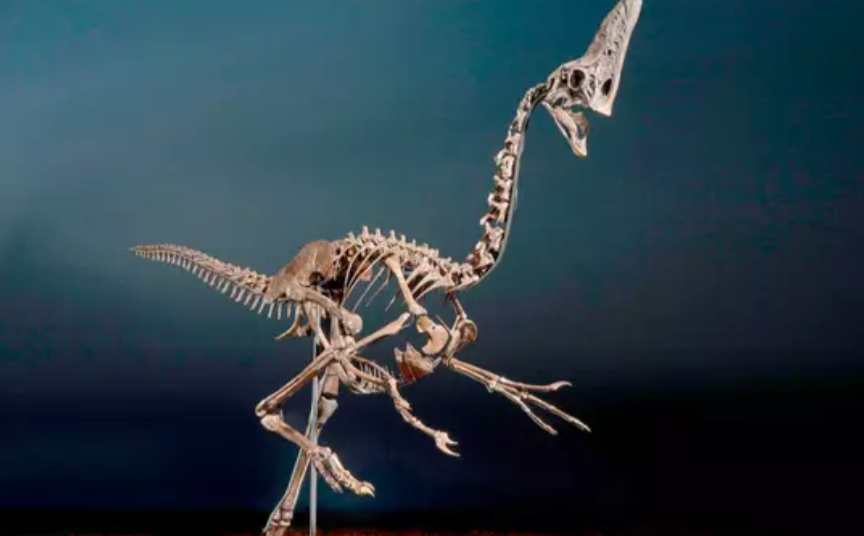This Shark Lives Up to 500 Years: New Study Reveals
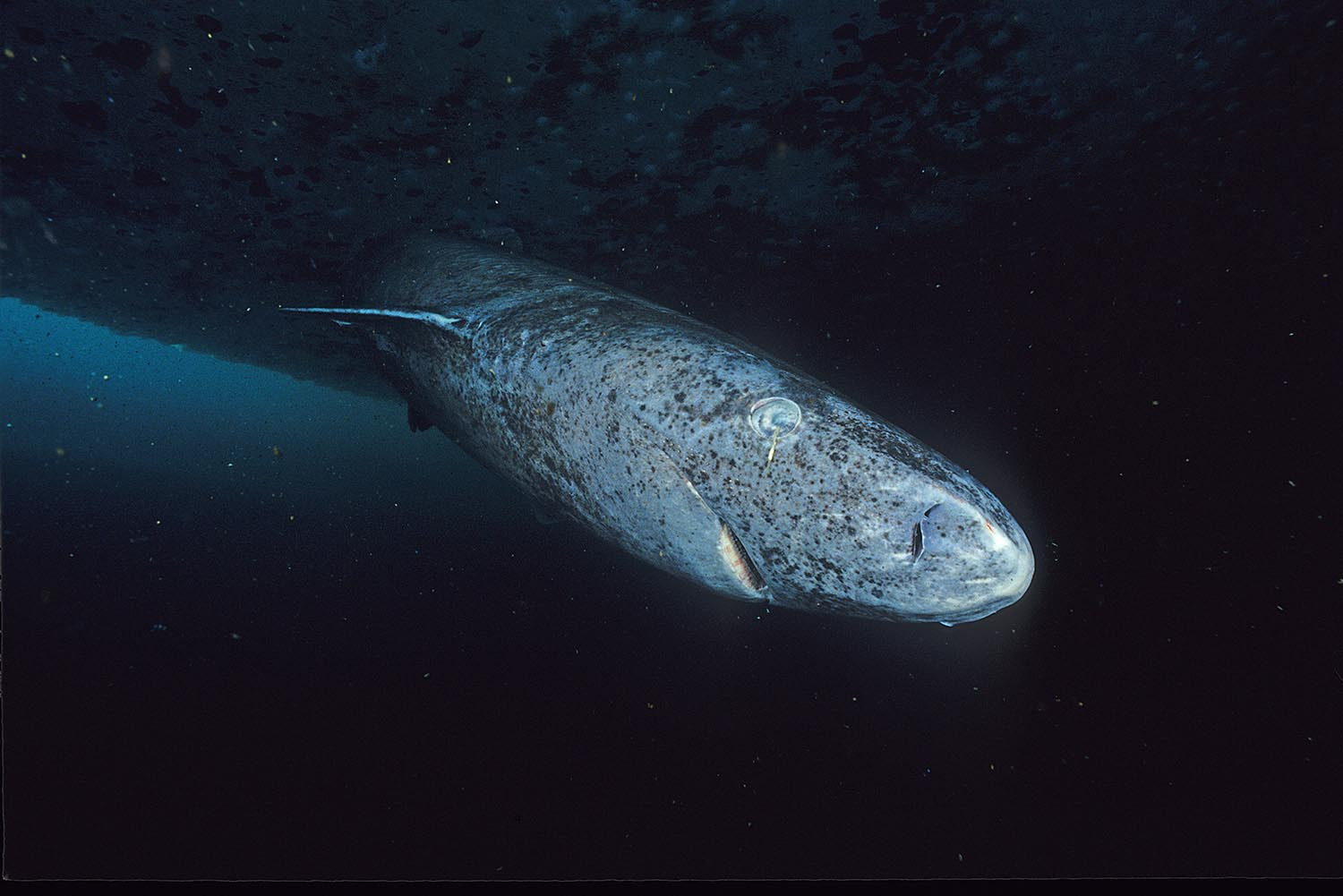
©️ Hemming1952 / Wikipedia
Imagine a creature that has witnessed centuries unfold, silently gliding through the depths of the ocean. What secrets does it hold? Why do they live that long? And what threats does it face in our changing world?
The Greenland shark is more than just a shark; it’s a living relic, an enigma wrapped in mystery. Join us as we dive deep into the life of this ancient ocean dweller.
Why Do Greenland Sharks Live So Long?
The Greenland shark is a true marvel of the deep, holding the crown as the longest-living vertebrate on Earth. Scientists estimate that these ancient creatures can live anywhere between 250 to a staggering 500 years. That’s right, a single Greenland shark could have been swimming in our oceans when Shakespeare was writing his plays!
This incredible lifespan is determined through a complex method called radiocarbon dating, which analyzes the carbon isotopes in the shark’s eye lens. While this method provides remarkable estimations, it’s essential to remember that these are estimates, and the true age of these sharks might even surpass our current understanding.
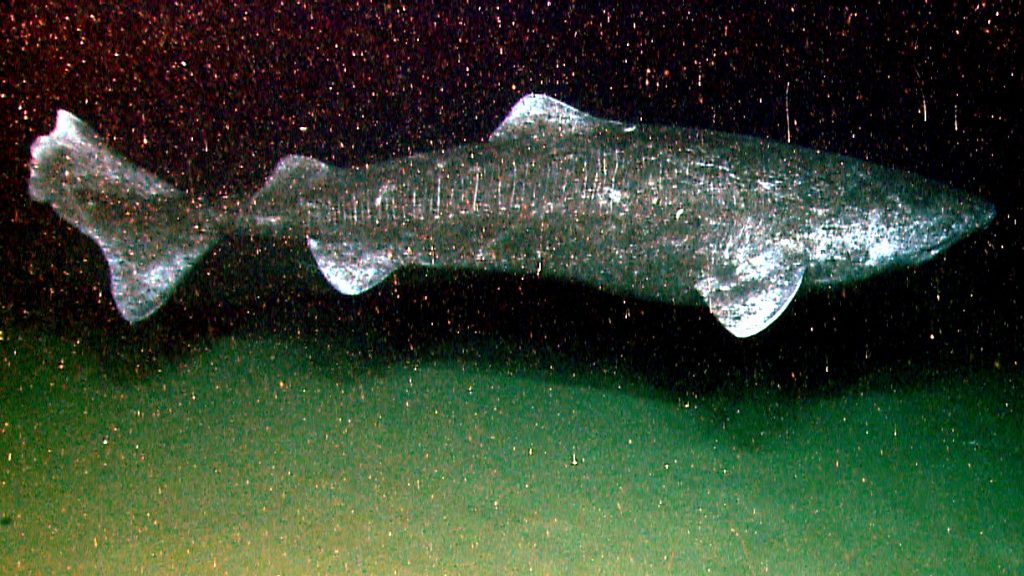
Scientists are still unraveling the mysteries behind the shark’s extraordinary lifespan. Until now, one intriguing theory suggested that their slow metabolism plays a crucial role. These sharks inhabit the icy waters of the Arctic and North Atlantic, where food is scarce.
It was believed that to survive in such harsh conditions, they evolved an incredibly slow metabolism. This does not only helps them conserve energy but also slows down their aging process.
Another factor contributing to their longevity was believed to be their slow growth rate. Unlike many other shark species, these sharks grow at an exceptionally slow pace. This slow growth, combined with their cold-water environment, might contribute to their extended lifespan.
However, this did not satisfy the scientists’ curiosity. The latest data shows a slightly different reason for their long lives.
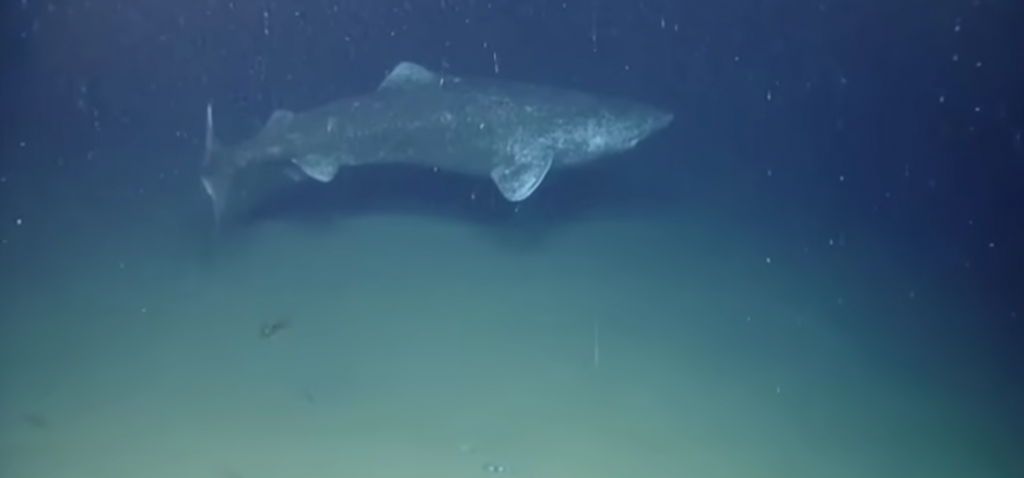
Latest Discovery Reveals the Reason
Scientists have discovered that Greenland sharks, known for their exceptional longevity of up to 500 years, have a stable metabolism throughout their lives. This stable metabolic rate likely contributes to their long lifespan, contrary to previous beliefs that cold environments and minimal movement were responsible.
The study, presented at the Society of Experimental Biology Conference in Prague, involved analyzing enzyme activity in muscle tissue from 23 Greenland sharks. Researchers found no decrease in enzyme activity with age, suggesting that the sharks don’t experience traditional aging processes.
Additionally, enzymes were more active at warmer temperatures. This indicates that a rise in global temperatures could impact their metabolism and lifestyle. This finding underscores the need to understand how climate change might affect these ancient sharks.
Amazing Facts About Amazing Sharks
Given their incredible longevity, it’s no surprise that the Greenland shark holds the title of the oldest shark in the world. While we can’t pinpoint the exact age of the oldest individual, the fact that they can live for centuries is mind-boggling. Imagine the stories these ancient creatures could tell if they could only speak!

- Deep-sea dwellers: Greenland sharks are primarily found in the cold, dark depths of the Arctic and North Atlantic.
- Slow and steady: These sharks are known for their slow and deliberate movements.
- Diet: While their diet isn’t fully understood, it’s believed that they are opportunistic feeders, consuming a variety of prey, including seals, fish, and even polar bears.
- Blind to red light: Due to their deep-sea habitat, these sharks have limited vision and are particularly sensitive to blue light.
- Toxic flesh: A curious fact about Greenland sharks is that their flesh contains a toxic compound. It can cause a state of intoxication if consumed. This has led to the nickname “drunk shark” in some cultures.
- Long gestation period: Greenland sharks have an incredibly long gestation period. It’s estimated to take between 8 to 18 years for their pups to be born. This is one of the longest gestation periods of any known animal.
- Unique eye structure: The Greenland shark’s eyes have a unique adaptation for their deep-sea environment. They have a transparent lens that allows light to pass through, helping them to see in the dim conditions of the deep ocean.
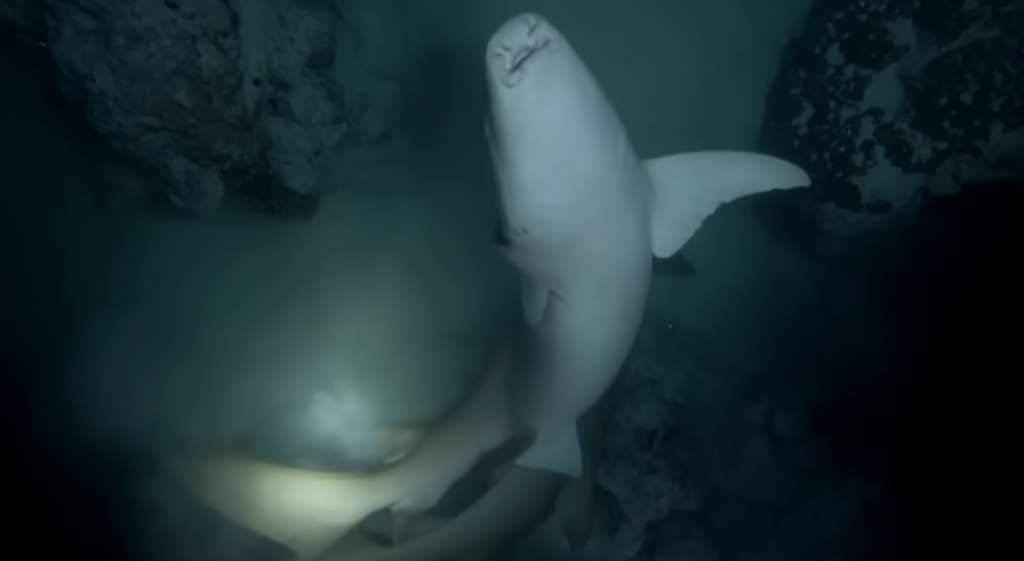
Is the Greenland Shark Endangered?
While the Greenland shark’s long lifespan offers some resilience, the species faces growing threats. Climate change is altering their Arctic habitat, and increased human activity in the region, including fishing and shipping, poses additional risks. Although they are currently listed as “Least Concern” by the International Union for Conservation of Nature (IUCN), it’s crucial to monitor their populations and implement conservation measures to protect these ancient creatures.
What Eats a Greenland Shark?
Given their large size and formidable appearance, it might be surprising to learn that Greenland sharks have predators. Orcas, also known as killer whales, are considered to be one of the few animals that prey on these sharks. However, such encounters are likely rare due to the Greenland shark’s deep-sea habitat.
The Greenland shark remains one of the ocean’s most enigmatic and fascinating creatures. As scientists continue to study these ancient enigmatic beings, we can expect to uncover even more astonishing facts about their lives.
Would you like to live this long? Tell us in the comments.
You may also like: Why Do Sloths Move So Slowly?
